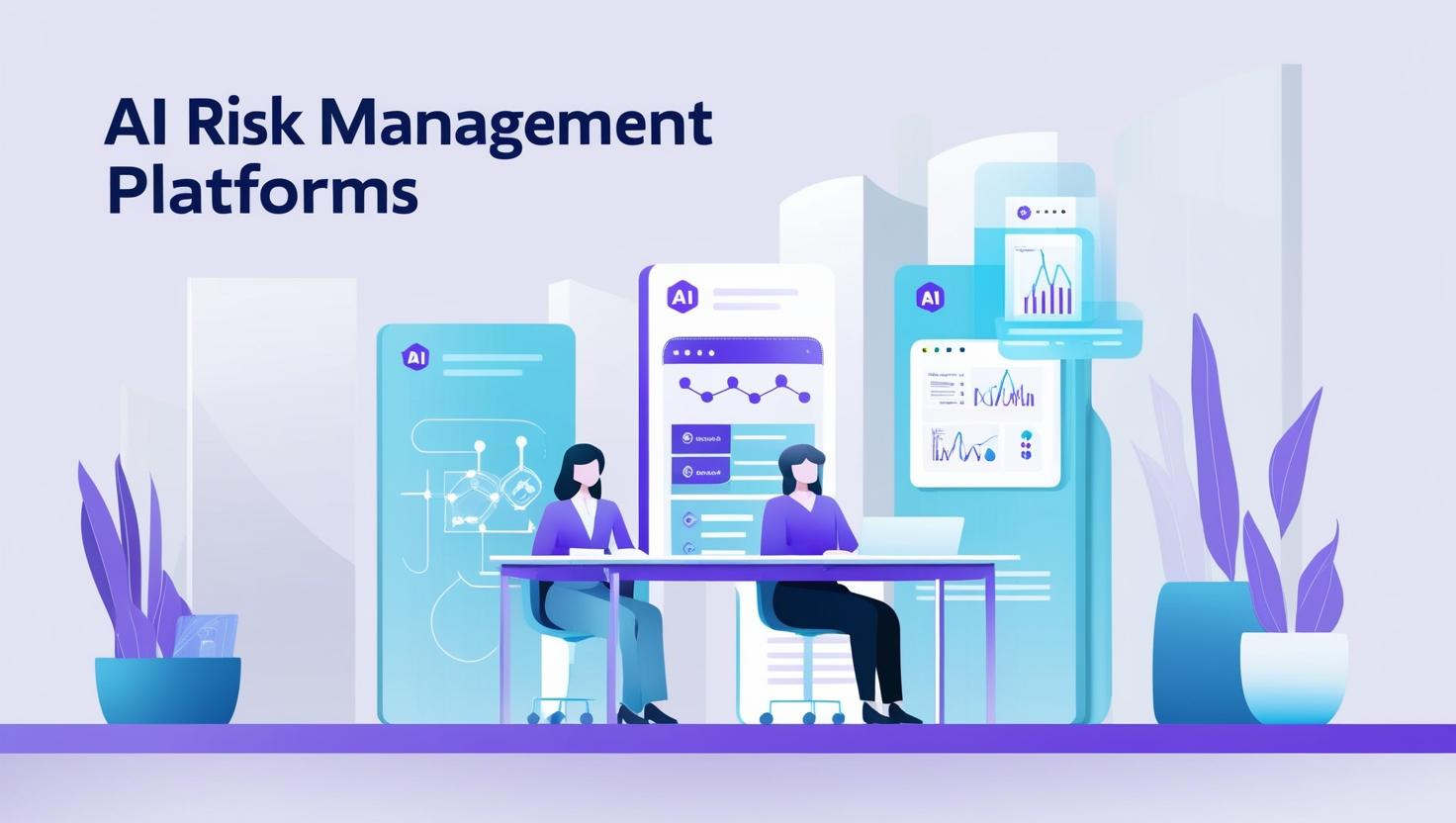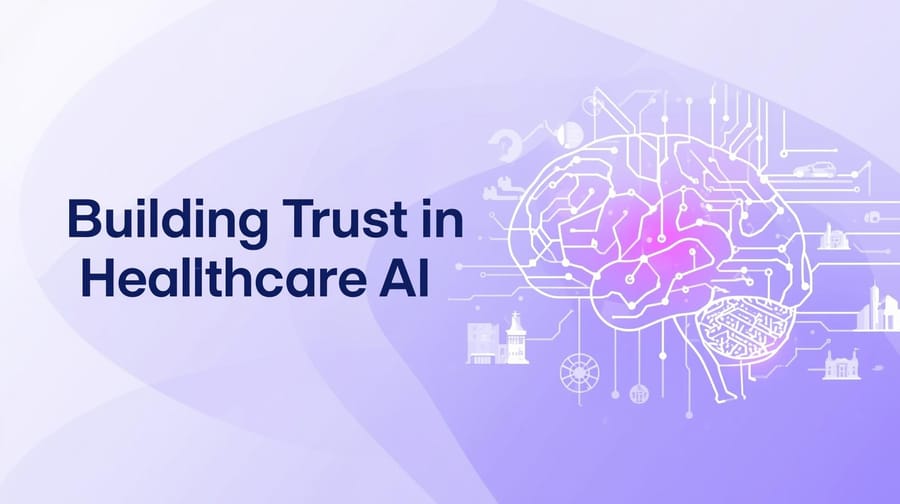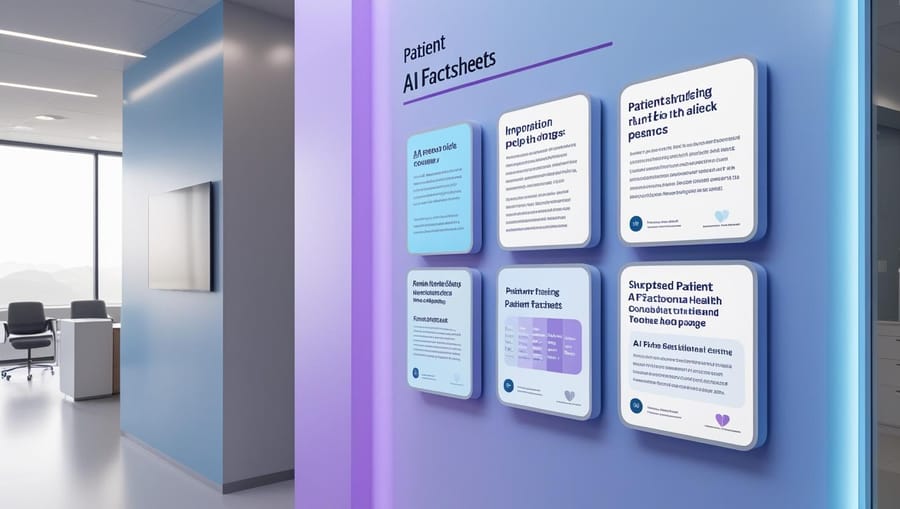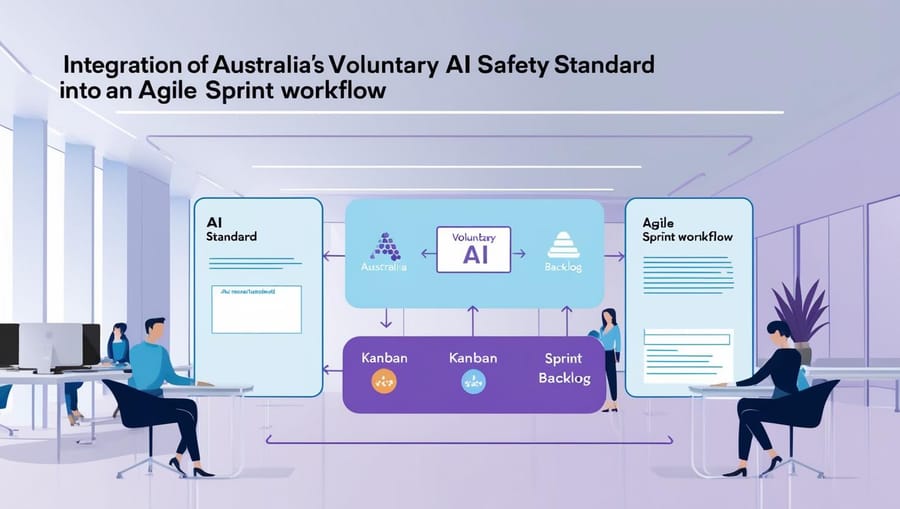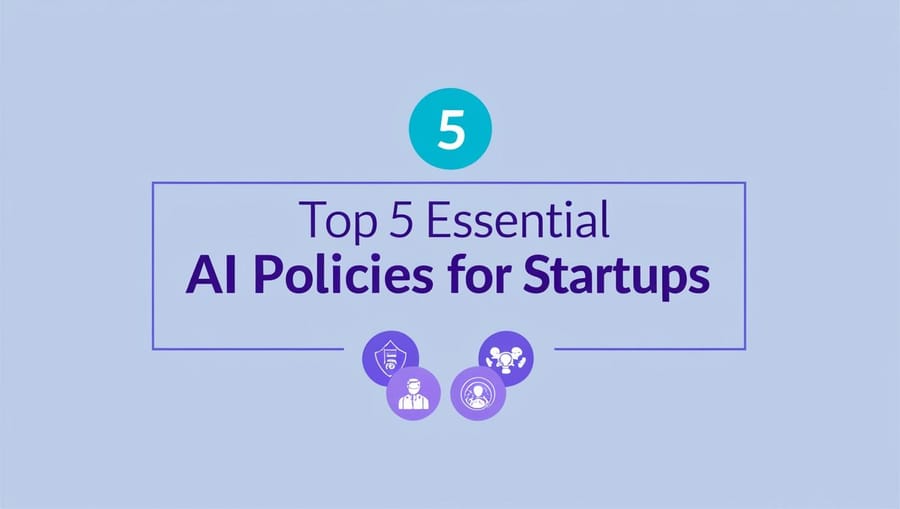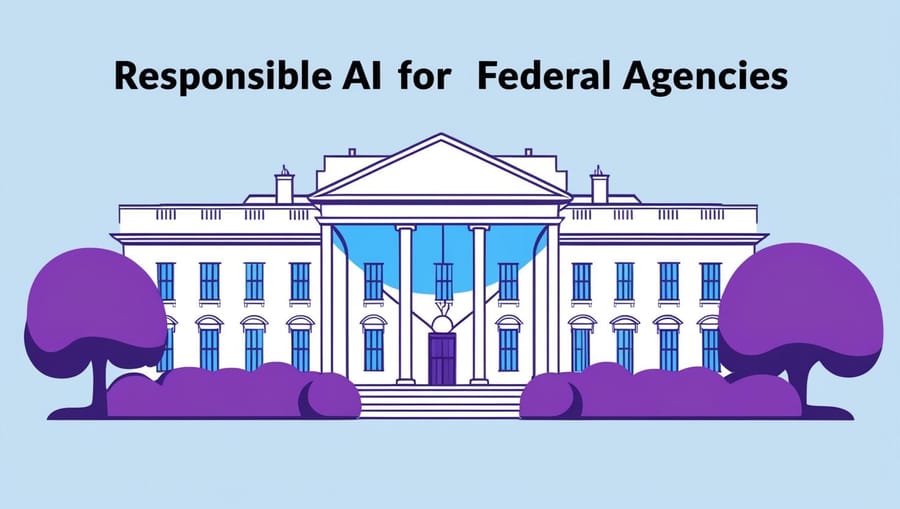The Growing Complexity of AI Audits
AI adoption is accelerating across industries, but so is regulatory scrutiny. From the EU AI Act to NIST’s AI Risk Management Framework (AI RMF) and ISO 42001, compliance requirements are expanding. Yet, traditional audit methods struggle to keep pace with the complexity of modern AI systems.
Organizations must prove AI compliance, fairness, and accountability, but manual audit processes are inefficient, error-prone, and time-consuming. This is where AI risk management platforms come in—automating audits, enhancing transparency, and simplifying compliance workflows.
Why AI Audits Are Essential
AI audits ensure that AI systems operate ethically, securely, and within regulatory guidelines. A robust AI audit process:
- Identifies bias, drift, and security vulnerabilities in AI models.
- Ensures compliance with legal and ethical standards.
- Builds trust with regulators, customers, and stakeholders.
- Helps prevent costly AI failures and legal repercussions.
However, conducting AI audits manually is resource-intensive and inconsistent. AI risk management platforms offer a scalable solution.
How AI Risk Management Platforms Enhance AI Audits
AI risk management platforms centralize, automate, and streamline AI audits, offering real-time oversight of compliance and risk. Here’s how they transform the audit process:
1. Automating AI Compliance Assessments
AI governance platforms integrate compliance checklists based on regulatory standards (NIST AI RMF, EU AI Act, ISO 42001). This automation allows organizations to:
✅ Identify compliance gaps in real-time.
✅ Standardize AI documentation and reporting.
✅ Reduce manual labor and human errors in audits.
Example: A financial institution deploying AI for loan approvals uses an AI risk platform to ensure models align with Fair Lending Regulations by automatically detecting discriminatory patterns.
2. Real-Time AI Model Monitoring & Explainability
Understanding AI decisions is critical for audits. AI risk platforms provide:
🔍 AI Explainability Tools: Techniques like SHAP, LIME, and Counterfactual Explanations clarify how AI models make decisions.
📊 Model Drift Detection: Alerts organizations when AI models deviate from expected performance.
📜 Bias & Fairness Metrics: Continuous monitoring for unintended biases in AI-driven decisions.
Example: A healthcare provider uses an AI audit tool to track an AI-powered diagnostic system, ensuring it does not favor certain demographics over others.
3. Centralized AI Governance & Documentation
Regulators require transparent AI model documentation, yet maintaining audit trails manually is challenging. AI risk management platforms offer:
📁 Centralized AI Model Inventories: Tracking all AI applications, datasets, and decisions in one place.
🔄 Version Control & Traceability: Ensuring past AI model versions are auditable.
📝 Automated Report Generation: Generating detailed compliance reports for internal and regulatory audits.
Example: A multinational company leverages AI governance software to document every change in AI-powered fraud detection models, ensuring compliance with GDPR & financial regulations.
4. AI Incident Response & Risk Mitigation
When AI failures occur, organizations must act quickly. AI risk platforms enable:
🚨 Automated Incident Alerts: Notifying stakeholders of AI system failures. ⚖️ Ethical Risk Assessments: Evaluating risks before AI deployment.
🔧 Corrective Action Workflows: Providing step-by-step remediation strategies.
Example: A retail company detects biased AI pricing recommendations and triggers an automated mitigation workflow to adjust the algorithm before deployment.
5. Aligning with Global AI Regulations
AI governance platforms ensure organizations stay ahead of evolving regulations by:
🌎 Mapping AI Models to Legal Frameworks: Aligning AI systems with EU AI Act, NIST, ISO 42001, and FTC guidelines.
📜 Regulatory Change Monitoring: Keeping organizations updated on new AI compliance rules.
🔍 Automated Risk Scoring: Assigning risk levels to AI applications based on regulatory exposure.
Example: A cybersecurity firm ensures its AI-driven threat detection system aligns with NIST AI RMF guidelines, minimizing regulatory risks.
The Future of AI Audits: A Shift Toward Proactive Compliance
With AI regulations tightening, companies must shift from reactive to proactive compliance. AI risk management platforms empower organizations to:
✔️ Conduct continuous AI audits instead of periodic reviews.
✔️ Integrate AI governance into MLOps workflows.
✔️ Use AI-driven insights to prevent compliance failures before they happen.
Final Thoughts: Investing in AI Risk Management for Scalable Audits
Manual AI audits are no longer sustainable. As AI regulations become more stringent, organizations must adopt AI risk management platforms to ensure efficiency, transparency, and compliance.
By leveraging automation, real-time monitoring, and governance best practices, businesses can build trustworthy AI systems while staying ahead of regulatory requirements.
What’s Next?
💡 Want to streamline AI audits in your organization? Explore how our AI Governance Platform simplifies compliance and risk management. Get in touch today!

